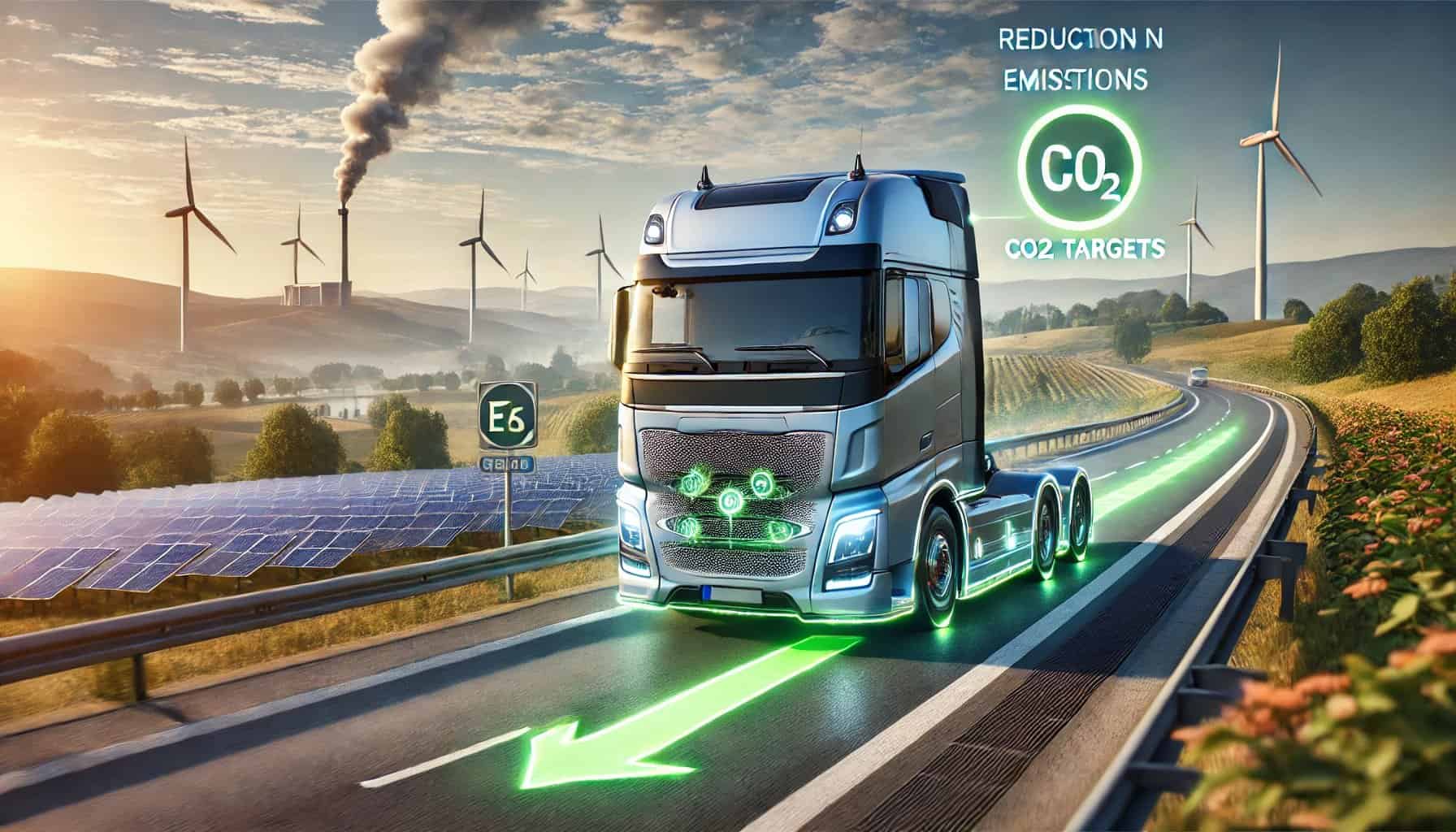Hybrid Power Steps Up: Heavy-Duty Vehicles Turn to Hybrid Solutions to Meet Europe’s Ambitious CO₂ Targets

European CO₂ standards are pushing the heavy-duty vehicle (HDV) industry to accelerate its adoption of cleaner technologies. According to a new analysis by Cummins, hybrid systems could play a crucial role in helping HDVs meet upcoming emissions goals, especially with Europe’s ambitious targets of a 45% CO₂ reduction by 2030 and a 90% reduction by 2040. The study highlights that hybrid HDVs with mid-sized batteries—typically around 75–100 kWh—can significantly cut emissions, reducing CO₂ output by roughly 20%. This approach could lessen the need for immediate large-scale adoption of fully electric vehicles (BEVs), which face higher infrastructure and initial cost barriers.
While BEVs remain the long-term focus, the study suggests that hybrid solutions provide a practical and cost-effective bridge. With these hybrid setups, manufacturers can achieve near-term emission reductions without waiting for the battery cost declines and extensive charging networks needed for full BEV rollout. Cummins’ findings underscore hybrid technology’s potential as a stepping stone in Europe’s transition to zero-emission HDVs.
Read more: Hybridization of heavy-duty vehicles for meeting European CO2 standards
Picture: AI created by DALL-E, prompt: Matthias Vogel


